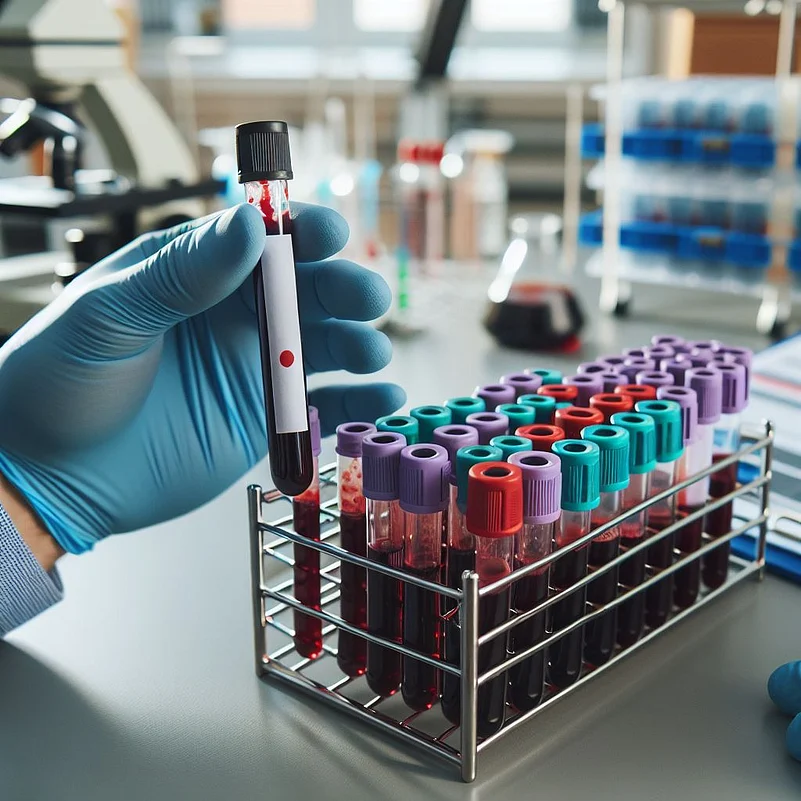Scientists at the AIIMS Delhi have developed a first-of-its kind diagnostic method in India for Primary Ciliary Dyskinesia (PCD)—a rare, often misdiagnosed genetic condition impacting the respiratory system. The life-shortening respiratory tract disease is caused by nonfunctional cilia in the airways with a prevalence of one per 20,000 births.
This cutting-edge technique, centered around transmission electron microscopy (TEM), promises to enhance detection and understanding of ciliary abnormalities, potentially redefining diagnostic standards.
“We have been successfully using this tool on the suspected patients for the last one year at our hospital. The results have been very impressive,” Dr. Subhash Chandra Yadav from the Electron Microscope Facility, Department of Anatomy, AIIMS, Delhi told The 바카라.
The study by Dr. Yadav, Prof. Kana Ram Jat and Dr. Shikha Chaudhary, both from the Department of Paediatrics, AIIMS Delhi is published in the journal Microscopy and Microanalysis (University of Oxford) under the title “An Innovative TEM-Based Ultrastructural Imaging Methodology for the Diagnosis of Respiratory Ciliary Disorders.”
The innovative approach significantly boosts diagnostic precision, identifying structural defects in motile cilia in nearly 70% of suspected cases—surpassing even advanced whole-genome sequencing techniques.
“The method was validated on 200 patients with suspected ciliary disorders, successfully confirming diagnoses in 135 cases,” shared Dr. Yadav.
He emphasised that the potential of this technology extends well beyond PCD. “Our tool can accurately detect a spectrum of rare ciliary-related conditions,” he explained.
These include respiratory anomalies, renal cystic diseases, blindness, neural tube defects, intellectual disabilities, skeletal abnormalities such as polydactyly and short limbs, ectodermal defects, situs inversus (a condition where internal organs are mirrored), and infertility.
What distinguishes this methodology is its comprehensive, meticulously optimized workflow. From precise sample collection and fixation to ultra-thin sectioning and high-resolution TEM imaging, every step is designed to maximize defect visibility. Remarkably, this enhances detection sensitivity by approximately 640 times compared to traditional methods, according to Dr. Yadav.
This advancement promises faster, more accurate diagnoses, paving the way for personalized therapies, improved patient management, and deeper insights into the mechanisms underlying ciliary disorders. “Establishing TEM-based diagnosis using this method may be helpful for the proper treatment of PCD with appropriate clinical guidelines,” said the study.
A rare genetic disorder, PCD is characterized by dysfunctional motile cilia—tiny, hair-like structures on cell surfaces in the respiratory tract—which impairs mucus clearance.
This results in recurrent airway infections, chronic inflammation, and bronchiectasis, severely affecting patients’ quality of life.
Although there are no India-specific studies, data from various sources indicate that approximately one in every 20,000 children born may have PCD.
If not diagnosed and managed early, individuals with this condition typically face a significantly reduced lifespan, with many surviving only up to around 20 years, said Dr. Yadav, underscoring the need for such diagnostic tools.














